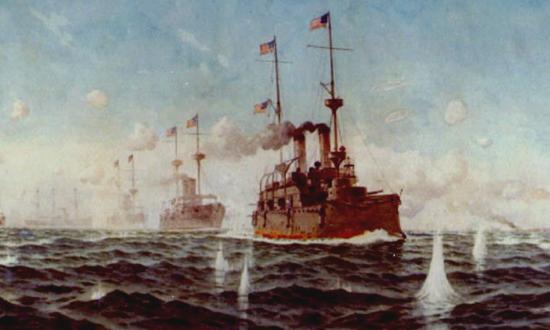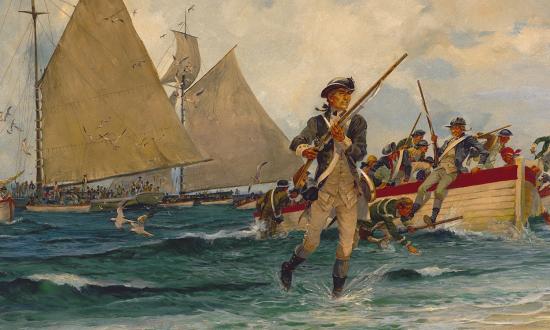September 1923 Proceedings—In “The Development of Aviation in the Fleet,” Navy Lieutenant DeWitt C. Ramsey looked at several dimensions of the new era and noted, “In March 1923 the aircraft carrier Langley temporarily joined the United States Fleet in Panama Bay, where flying demonstrations were conducted for the benefit of the officers of the fleet. Take-offs from the flying deck, and landings thereon, were accomplished with a facility and skill which clearly reflected the perfection of training of the pilots and the efficiency of the arresting devices employed.”
September 1973 Proceedings—In “Pollution Abatement—We Do Our Part,” Ensign John H. Holt, U.S. Navy, wrote, “In late 1966, the Navy initiated its Air and Water Abatement and Control Program. Commander Naval Facilities Engineering Command, designated the Single Executive Manager for the program, was charged with identifying pollution problems and coordinating an effective remedial program. By May 1967, based on a comprehensive survey of waste water and air pollution . . . every naval installation had prepared five-year requirements for water and air pollution control. . . . By 1970, various programs were in progress.”
September 1998 Proceedings—Marine Corps Reserve Colonel Mark Cancian counseled in his prize-winning essay that “Centers of Gravity Are a Myth”: “Joint doctrine today talks of focusing on critical vulnerabilities and centers of gravity to attain the desired end state of a joint campaign. Because critical vulnerabilities and centers of gravity so rarely exist, at least in a way useful for planners, joint doctrine would be better off focusing instead on battlefield advantages. The ultimate result would be the same—attaining the joint campaign’s desired end state. The means, however, would focus on sequenced actions in a joint campaign, rather than . . . attempts to land a decisive blow.”
A. Denis Clift
Golden Life Member






